The world's first supersonic trainer jet is on the market for just $800,000 — take a look inside the T-38 Talon
The T-38 is the main trainer jet of the US Air Force.
Aircraft maintenance company Thornton Aviation put one up for sale for $800,000.
The T-38 has also been used by NASA to train astronauts.
The Northrop T-38 Talon is the world's first supersonic trainer jet.
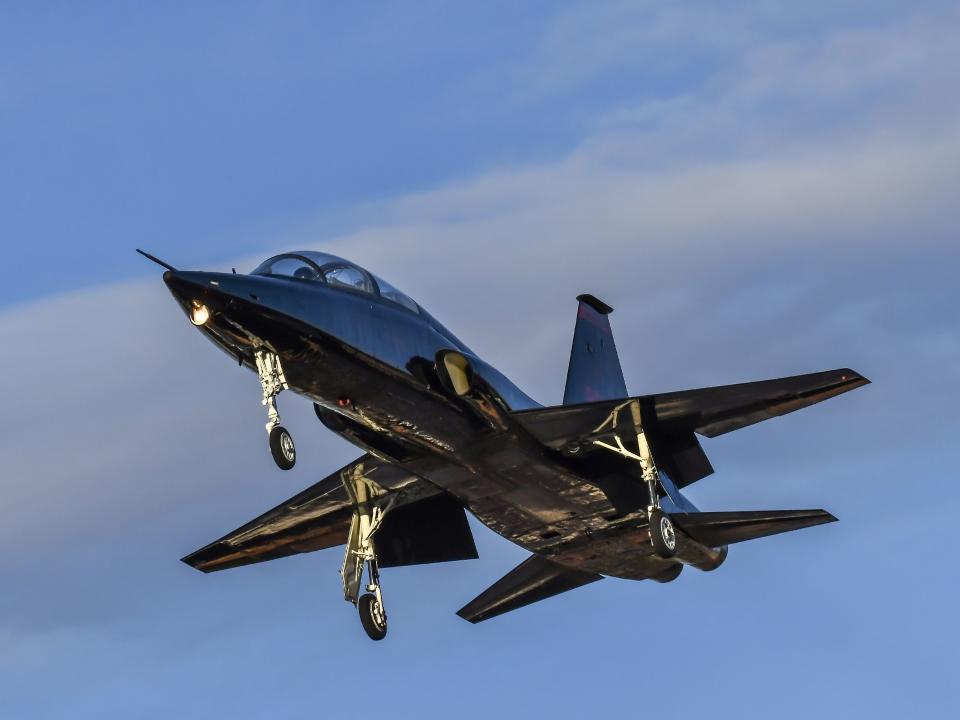
The T-38, which was manufactured by the Northrop Corporation, was first introduced in March 1961. The plane was built on the innovations of the first-ever supersonic flight on the Bell X-1 in 1947. Supersonic flight means that the aircraft flies faster than the speed of sound, or more than 768 miles per hour.
The last T-38 trainer units were built in the early 1970s, but the jet continues to be used by the military, most notably by the US Air Force and Navy, and several other national air forces. Some 72,000 US Air Force pilots have flown the trainer since 1961, according to industry publication Air Force Technology.
The trainer is known for its "design, economy of operations, ease of maintenance, high performance and exceptional safety record," per the US Air Force. It remains the most produced supersonic trainer in history.
Though it's a military aircraft, civilians can own one of these jets for $800,000.
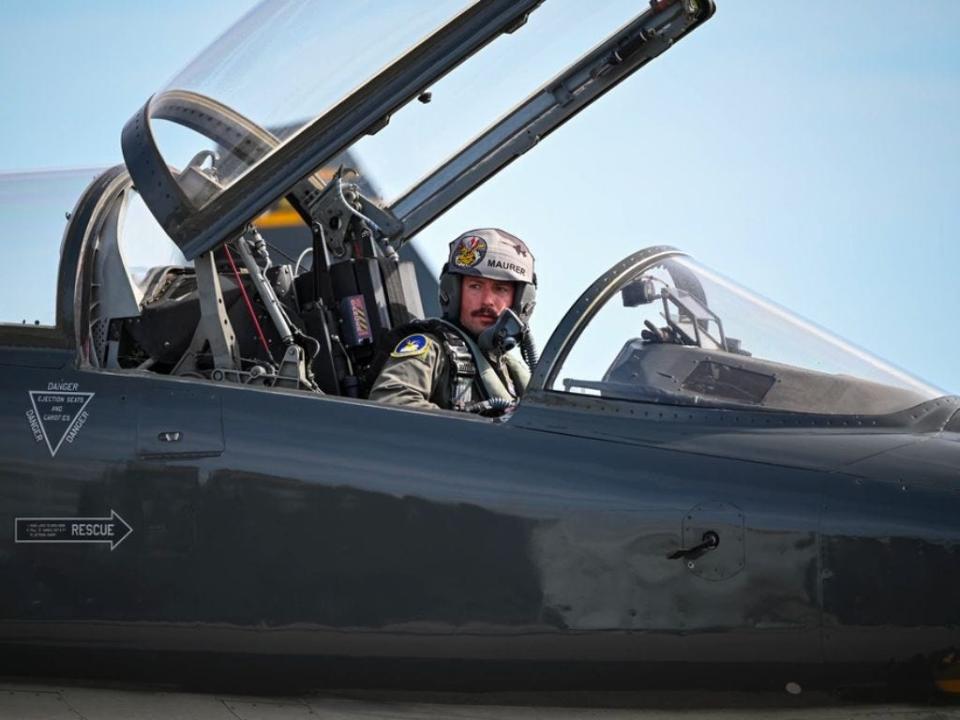
According to aviation maintenance company Thornton Aviation, one unit of the T-38 is currently on the market. Its official website states that the "basic 'core' package" of the jet is available for sale, and can be refurbished with customizations to suit the customer.
The one T-38 unit is the only available unit "in stock military condition," per Thornton Aviation's website. The T-38 is the first plane to be "offered as a project" by the company for civilian use. The available trainer is a T-38A, as opposed to the AT-38B jet for weapons training or the T-38C with upgraded avionics.
Some of the notable features of the T-38 include a streamlined fuselage and rocket-powered ejection seat.
The aircraft is known for its usability as a training platform for inexperienced or student pilots. For example, it has tricycle landing gear with a steerable nose wheel, which makes landings easier, per the US Air Force.
The T-38 is also used by advanced students to train for acrobatic flights, formation flying, night flights, and instrument and navigation training.
Thornton Aviation did not respond to Insider's request for comment.
Space agency NASA also operates the jet to train its pilots.
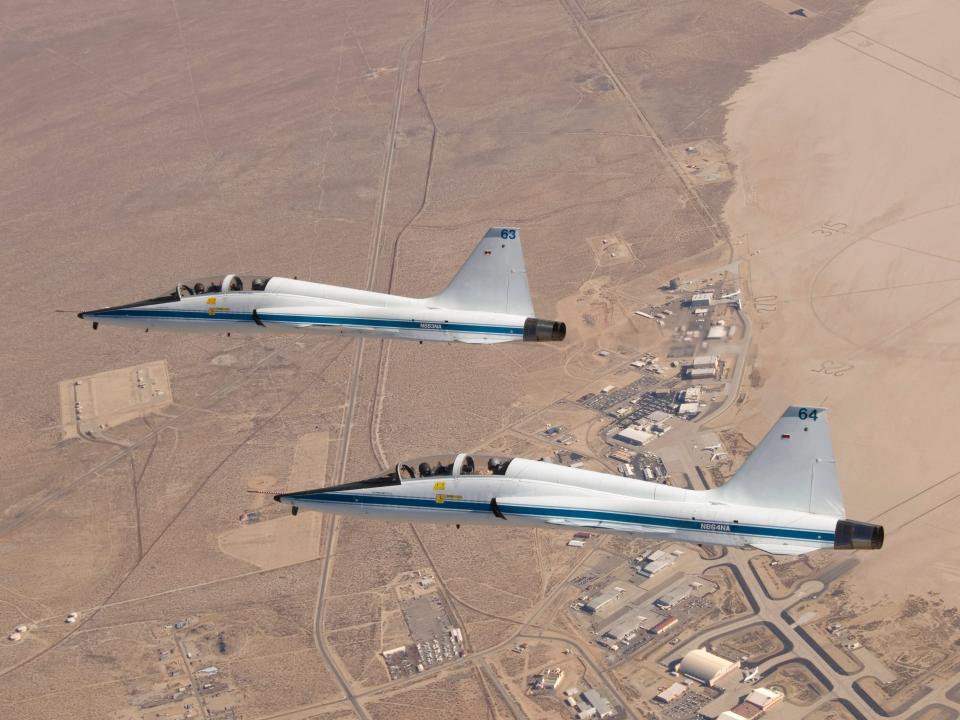
NASA currently has a sizeable fleet of the T-38 — the space agency operates 32 in total. The jet is used to train astronauts to land spacecrafts on runways.
"The T-38 is a great aircraft for what we need at NASA because it's fast, it's high-performance and it's very simple," pilot Terry Virts said in a NASA article, adding that the jet is "safe" and "one of the best" compared to other trainer planes.
It costs an estimated $25 million to $30 million per year to maintain its fleet of trainers, according to NASA.
Over a dozen variants of the jet have been built.
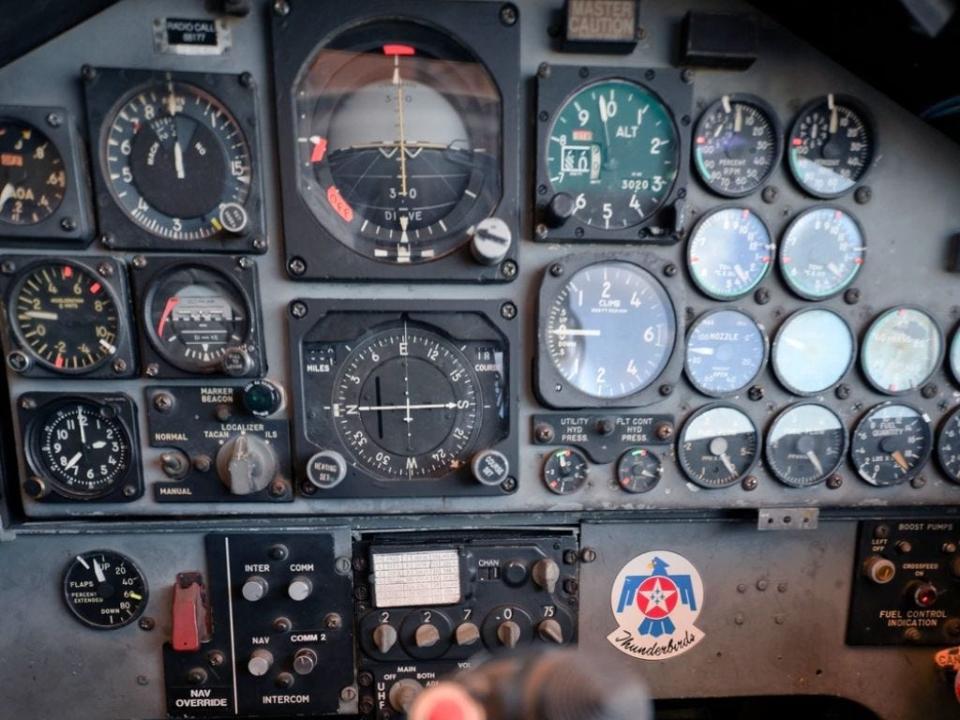
The most popular variant is the T-38A, which is the most basic version of the plane. In total, some 1,187 units of the trainer were built, according to Air Force Technology.
Other notable variants include the AT-38B, units upgraded to include weapons training for military pilots, the DT-38A, used to direct drones, and the N-205, which had triple rocket engines and could launch vertically.
Despite having a decent safety record, some 149 US Air Force pilots have been killed while flying the T-38.
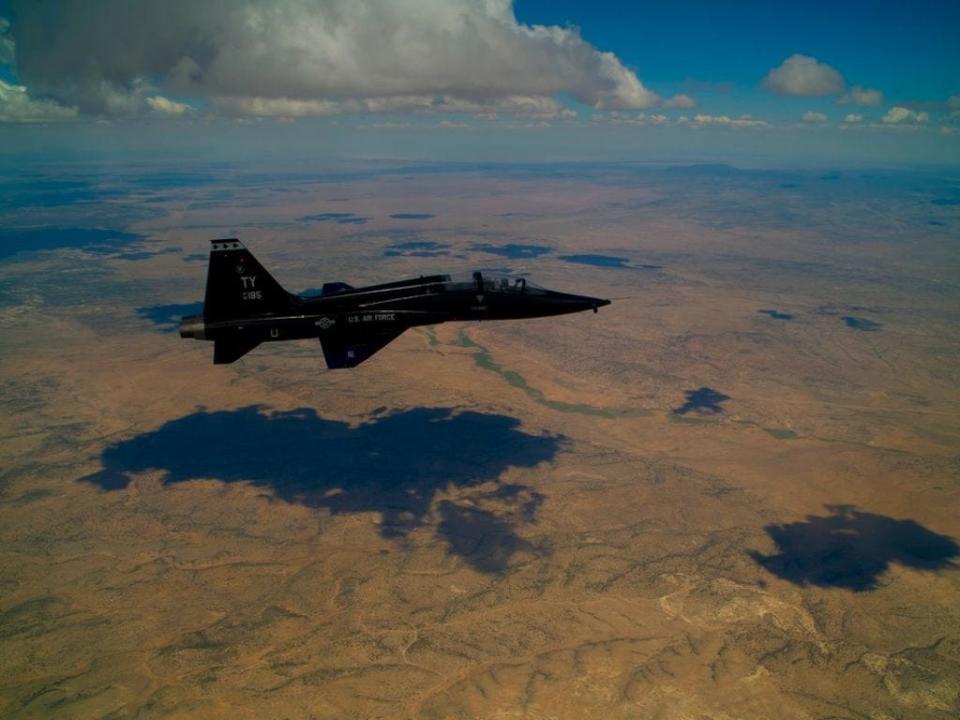
The US Air Force grounded the T-38C, an upgraded variant of the jet, in 2008 due to fatal crashes that took place in April and May of that year, killing four pilots.
Several crashes have since occurred following these incidents. In November 2018, a pilot was killed while training in the T-38 at Laughlin Air Force Base in Texas. The cause of the crash was determined to be miscommunication and instructor error.
Another two pilots — an instructor and a student from the Japanese air force — were killed in February 2021 while flying in Alabama. An investigation into the incident determined the cause of the crash to be a pilot error.
As of 2021, the average fatality rate when flying the aircraft is one, which means that there is one fatality per 239,595 flight hours, per the US Air Force.
The T-38 measures 46 feet and four inches in length, and 12 feet and 10 inches in height.
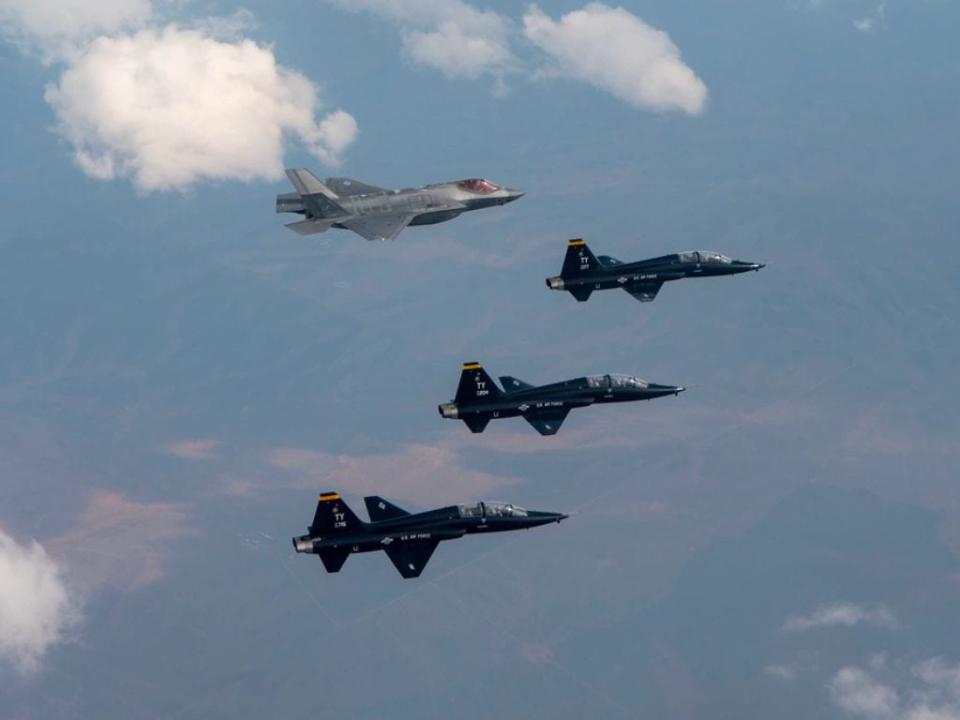
The jet has a wingspan of 25 feet and three inches, per the US Air Force. In comparison, the Lockheed Martin F-35B, the US Air Force's most advanced fighter jet, has a wingspan of 35 feet.
The T-38 uses two General Electric J85-GE-5 turbojet engines. It has a range of 1,093 miles and a maximum speed of Mach 1.08, or 812 miles per hour.
Some variants can also be fitted with armaments. While the T-38A and T-38C variants cannot be fitted with armaments, the AT-38B can be fitted with a practice bomb dispenser. The AT-38B can also be fitted with a gun pod and gun sight, among other weapons attachments.
One unit of the T-38 cost $756,000 in 1961, adjusted to today's currency, per the US Air Force.
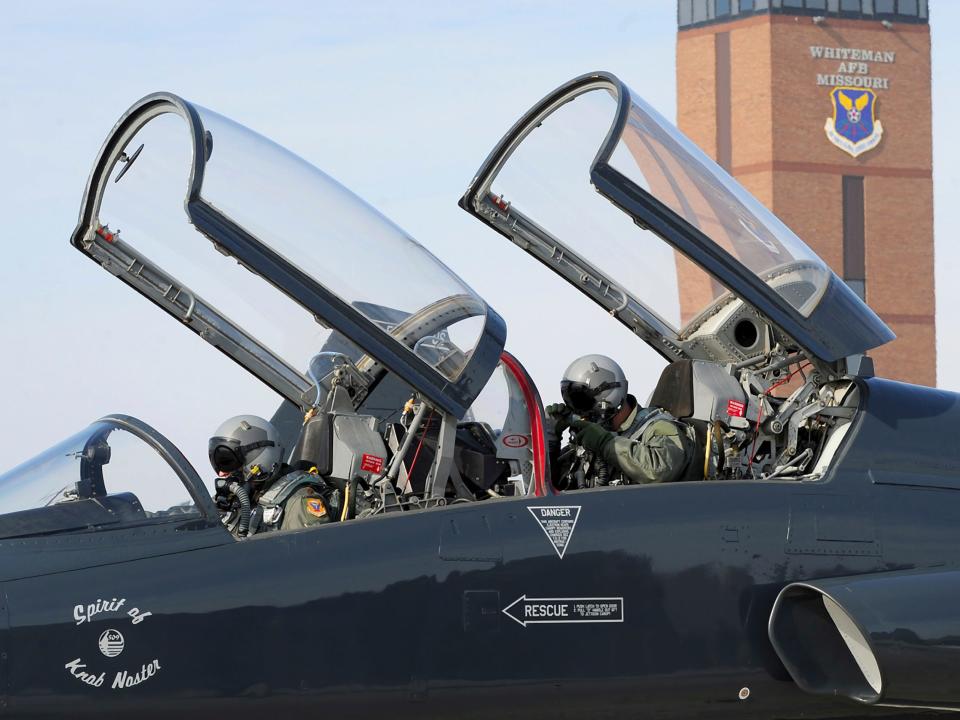
While the T-38 is no longer in production, the US Air Force commissioned a structural modification program — the T-38C Pace Classic III — in May 2018. The program's purchase orders were awarded to CPI Aerostructures.
According to the Air Force Technology, the modification kits to maintain the T-38A, T38-B, and T-38C cost $67.5 million. The program to refit the trainers is expected to extend the airworthiness of the jets until at least 2030.
While the US continues to use the jets for training, several foreign air forces have since phased out the T-38.
For example, the Turkish Air Force once had 33 units of the T-38M variant, before announcing plans to replace them with a locally-built trainer. The Korean Air Force had 30 units of the T-38A variant but were returned to the US in 2009 and replaced with the locally-manufactured T-50 Golden eagle.
The US Air Force has also pursued a new trainer jet to replace the T-38. The T-7A Red Hawk, manufactured by Boeing, is expected to help pilots prepare for fifth-generation fighter jets, according to a September 2019 press release by the Secretary of the Air Force Public Affairs.
In 2018, the US Air Force paid Boeing $9.2 billion to develop 351 T-7A jets and 46 simulators and other relevant ground equipment. The first T-7A jet is scheduled for completion this year and will be delivered to the Joint Base San Antonio-Randolph.
Read the original article on Business Insider

